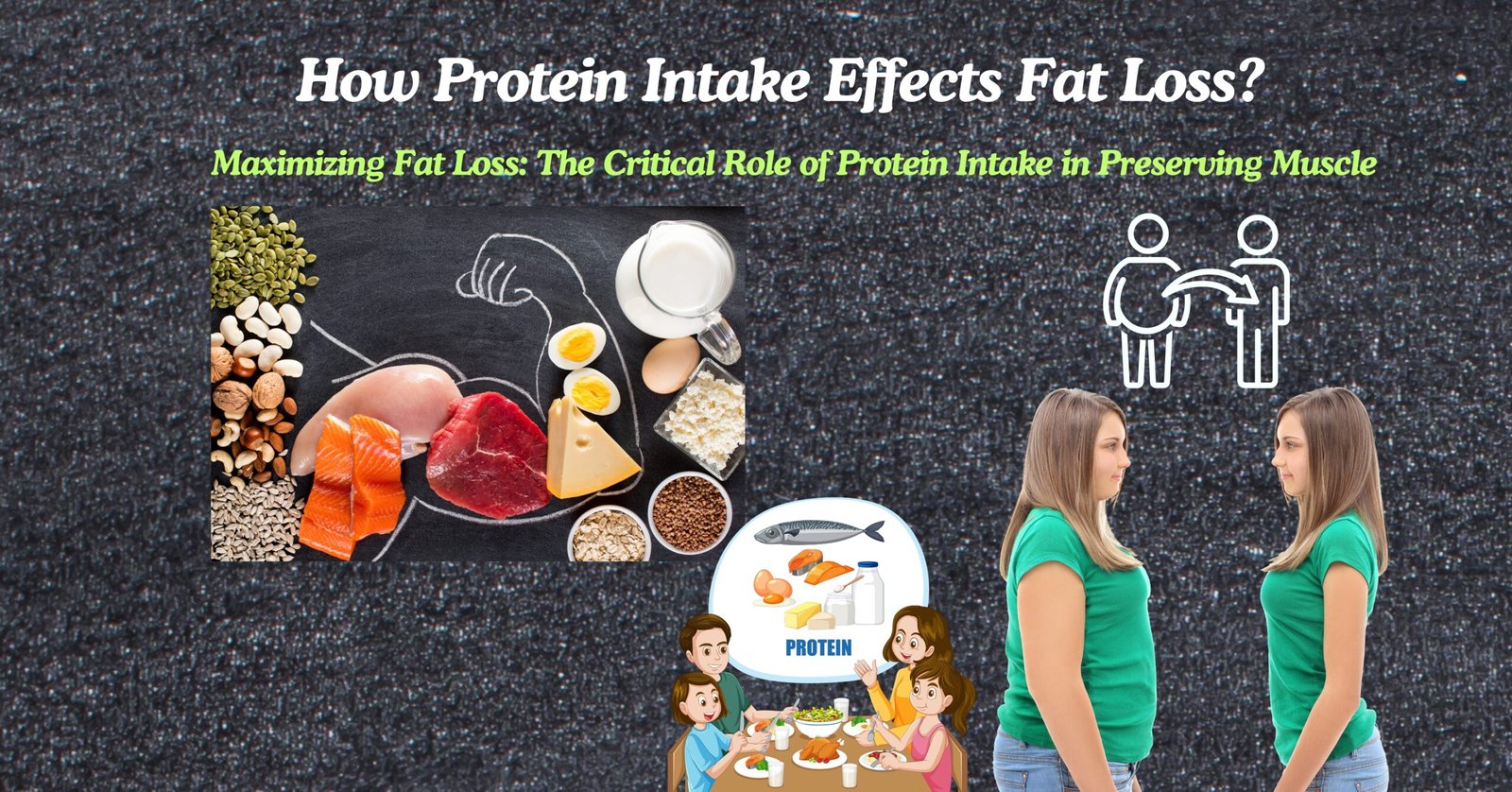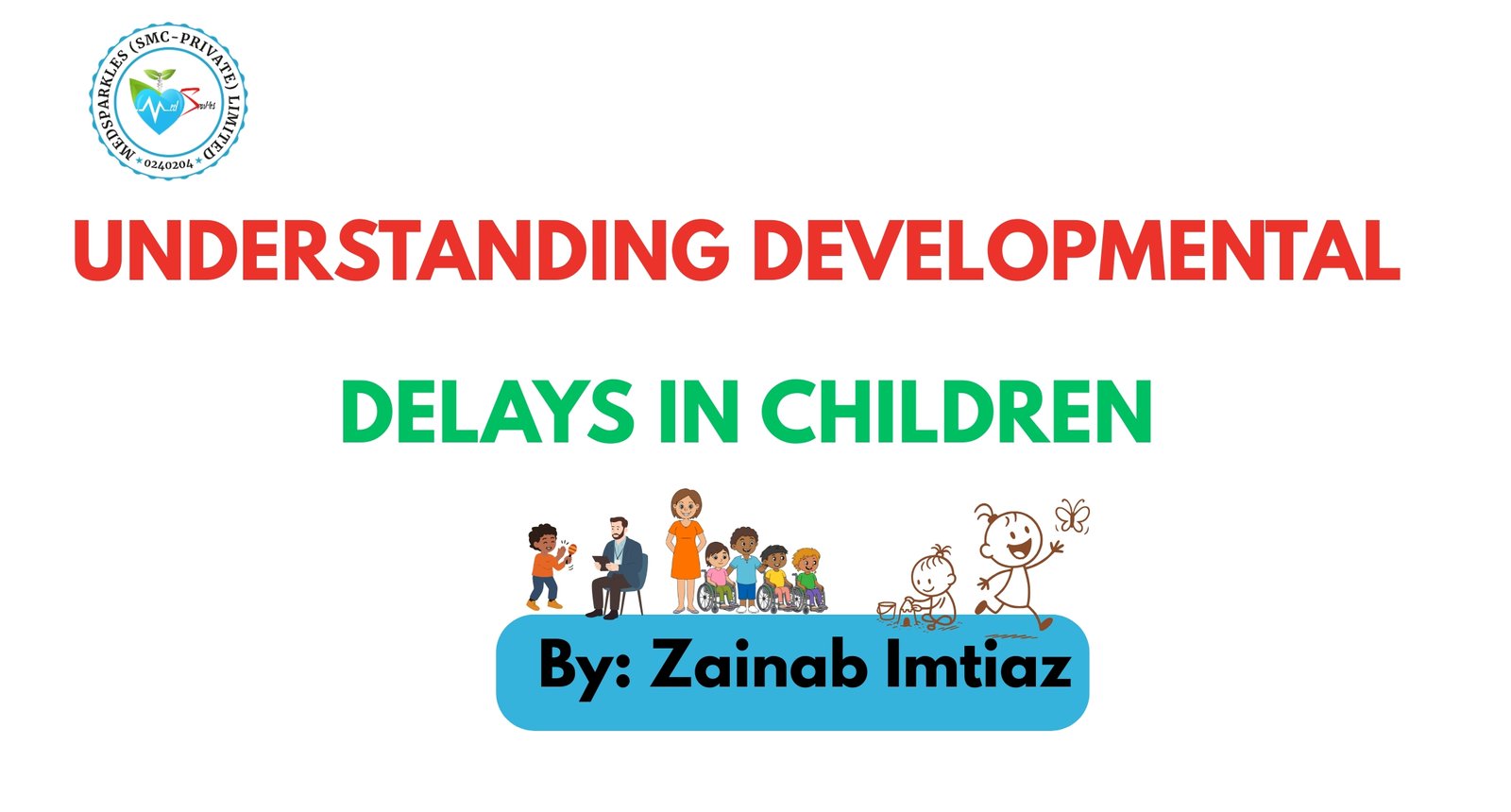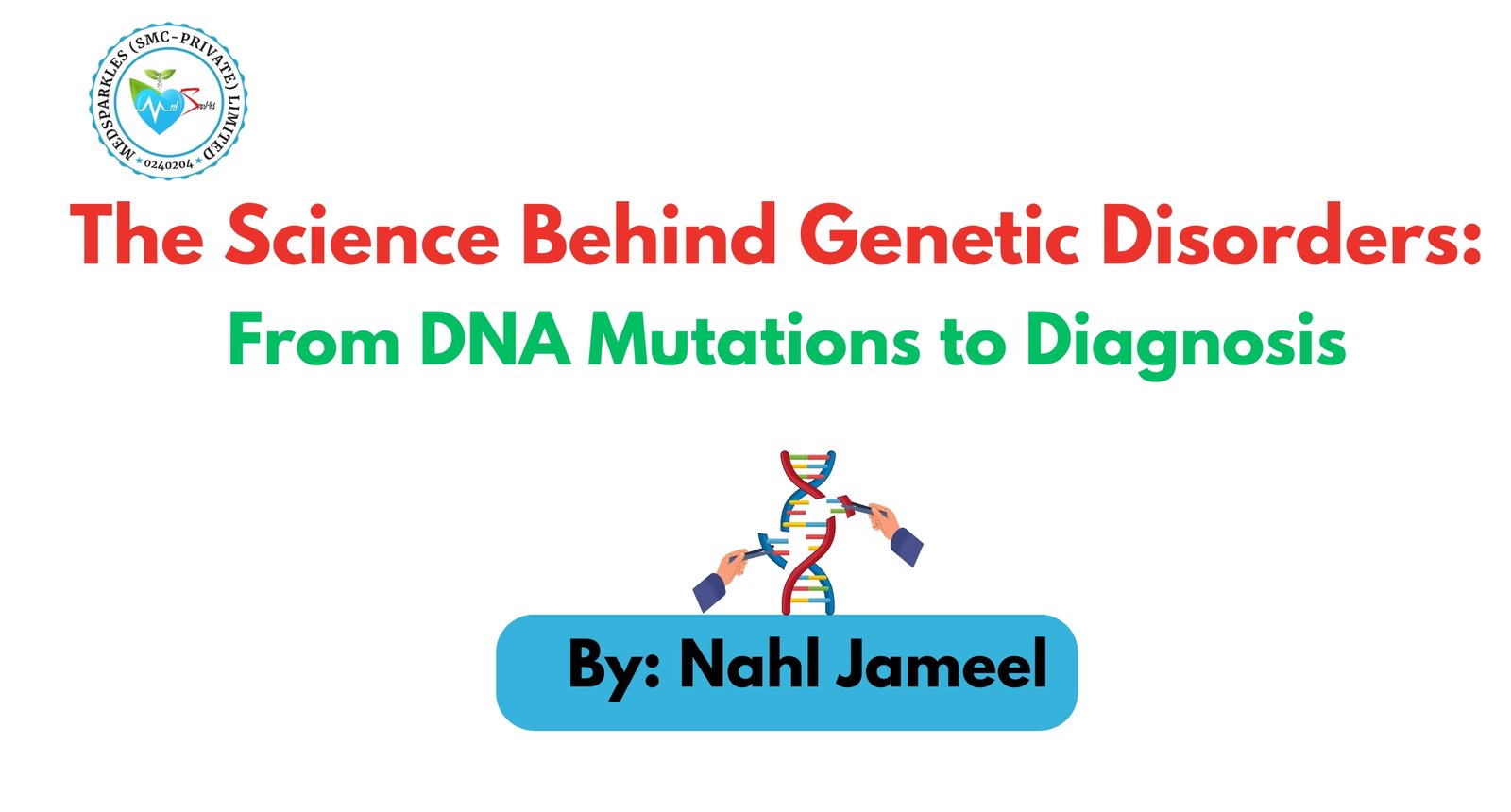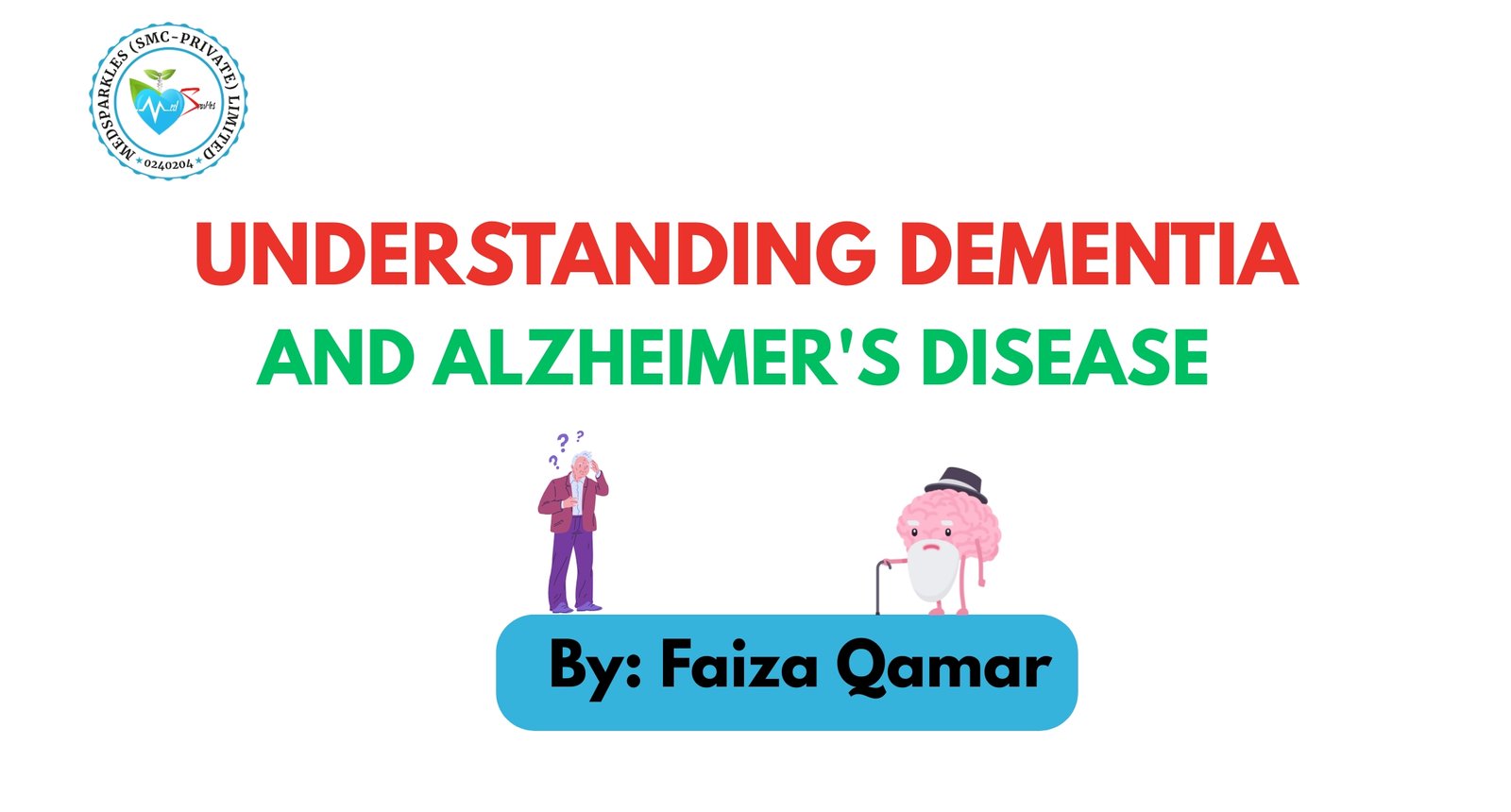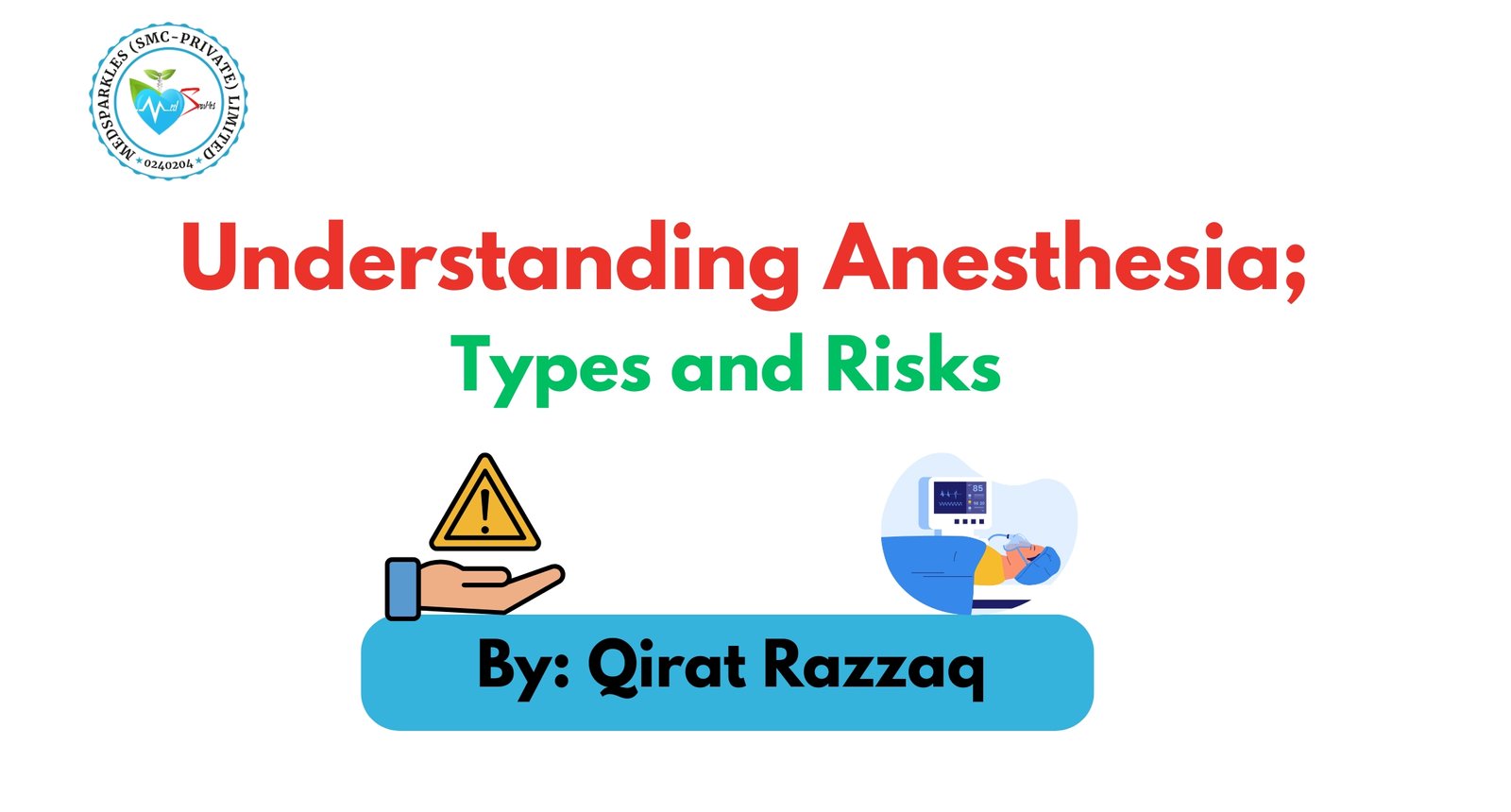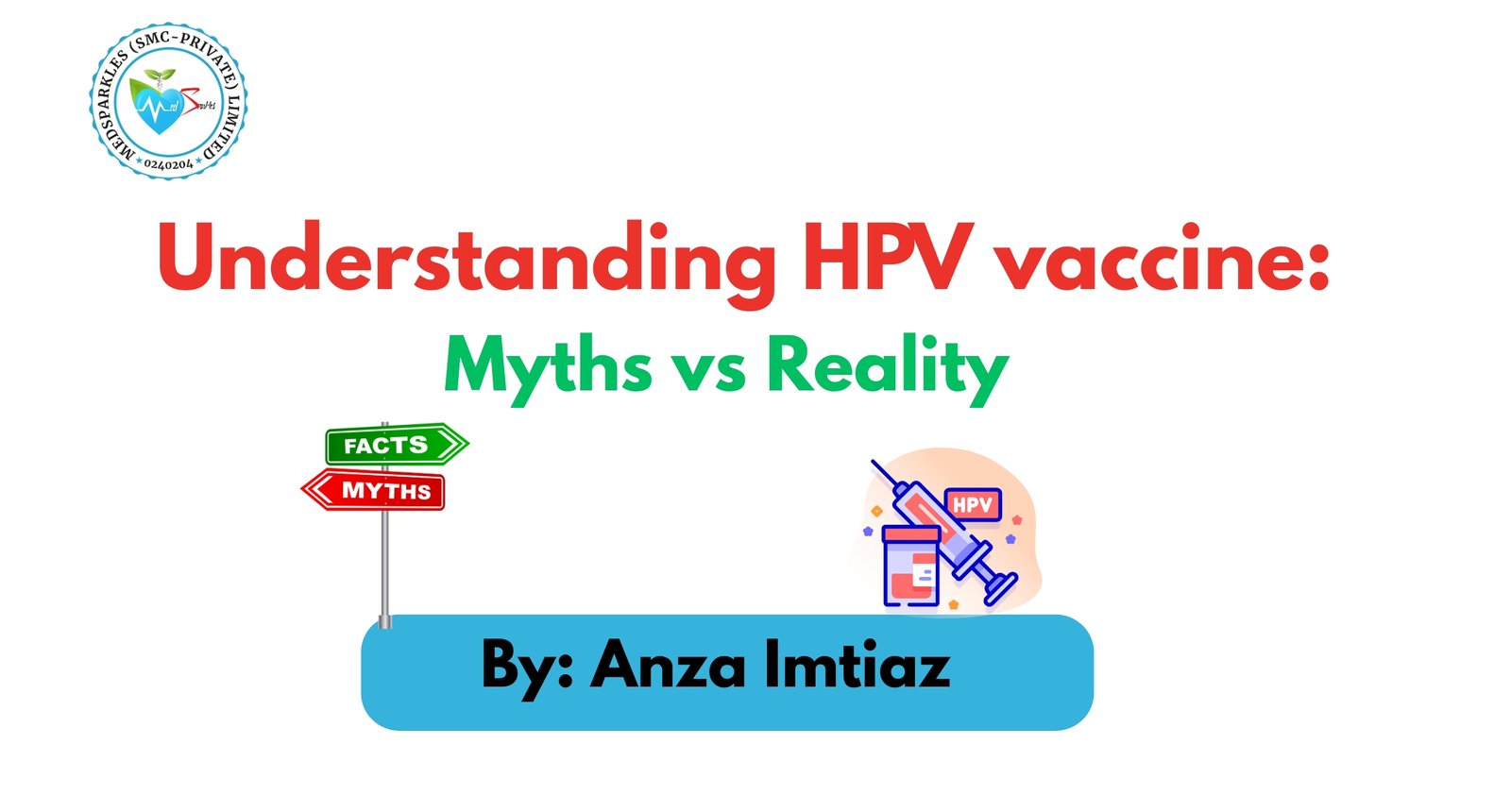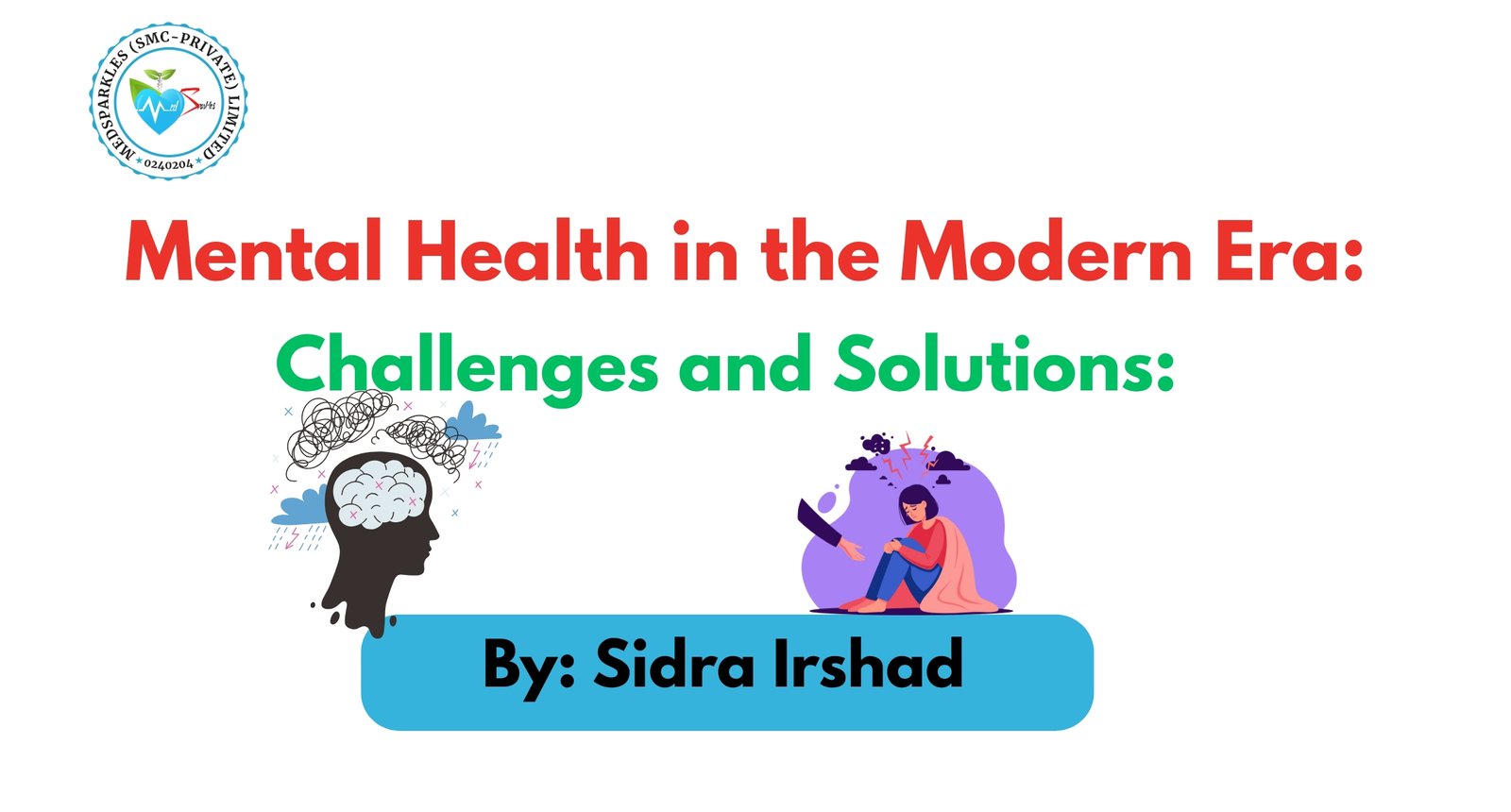Fat Loss
Definition: Fat loss specifically targets the reduction of body fat while ideally preserving lean muscle mass. This is often considered a more desirable goal than simply losing weight because it can lead to a healthier body composition
Methods for Fat Loss:
Strength Training: Building muscle through resistance exercises can help increase your resting metabolic rate and improve body composition.
•High-Intensity Interval Training (HIIT): This type of exercise can be particularly effective for burning fat.
•Balanced Diet: Eating a diet rich in protein, healthy fats, and complex carbohydrates while maintaining a slight calorie deficit can help you lose fat while preserving muscle.
Considerations: It’s important to approach fat loss with a focus on overall health. Extreme calorie restriction or excessive exercise can lead to negative health effects. A balanced approach that includes proper nutrition, exercise, and recovery is key.
Effect of Protein Intake on Fat Loss:
Protein intake can significantly impact fat loss through several mechanisms. Here’s how it contributes to reducing body fat:
1) Increased Satiety
Mechanism: Protein helps you feel fuller for longer periods compared to carbohydrates and fats.
Impact: This increased satiety can lead to a natural reduction in calorie intake because you may be less likely to snack or overeat.
2) Enhanced Thermic Effect
Mechanism: The thermic effect of food (TEF) refers to the energy required to digest, absorb, and process nutrients. Protein has a higher TEF compared to fats and carbohydrates.
Impact: This means your body burns more calories processing protein-rich foods, which can contribute to a higher overall calorie expenditure and support fat loss.
3) Muscle Preservation
Mechanism: Protein is crucial for maintaining and building lean muscle mass.
Impact: When you’re in a calorie deficit (consuming fewer calories than you burn), consuming adequate protein helps preserve muscle mass. Since muscle tissue burns more calories at rest
compared to fat tissue, maintaining muscle mass can support a higher metabolic rate and aid in fat loss.
4) Improved Metabolic Rate
Mechanism: Higher protein intake can slightly boost your resting metabolic rate (RMR), the number of calories your body burns at rest.
Impact: A higher RMR means you’re burning more calories throughout the day, which can help create a larger calorie deficit and promote fat loss.
5) Reduced Cravings and Hunger
Mechanism: Protein has been shown to influence hormones related to hunger and satiety, such as ghrelin and leptin.
Impact: By reducing hunger and cravings, protein helps you adhere better to a calorie-restricted diet and prevents overeating, facilitating fat loss.
6) Increased Muscle Mass
Mechanism: Consuming adequate protein, combined with resistance training, promotes muscle growth.
Impact: More muscle mass can increase your calorie needs and help with fat loss, as muscles require more energy to maintain compared to fat.
Practical Tips for Maximizing Fat Loss with Protein
1.Set Protein Goals: Aim for a daily protein intake that supports your goals. A common recommendation for those aiming to lose fat while preserving muscle is about 1.2 to 2.2 grams of protein per kilogram of body weight.
2.Include Protein in Every Meal: Distribute your protein intake throughout the day to maximize satiety and muscle protein synthesis.
3.Choose High-Quality Proteins: Opt for lean sources like chicken, fish, legumes, and low-fat dairy. Also, consider plant-based proteins if you follow a vegetarian or vegan diet.
4.Combine with Exercise: Pair a high-protein diet with strength training to enhance muscle maintenance and fat loss.
5.Monitor Progress: Track changes in body composition, not just weight. This helps you understand how protein intake is affecting your fat loss and muscle maintenance.
By focusing on adequate protein intake, you can effectively support your fat loss goals while preserving muscle mass and maintaining overall health.
